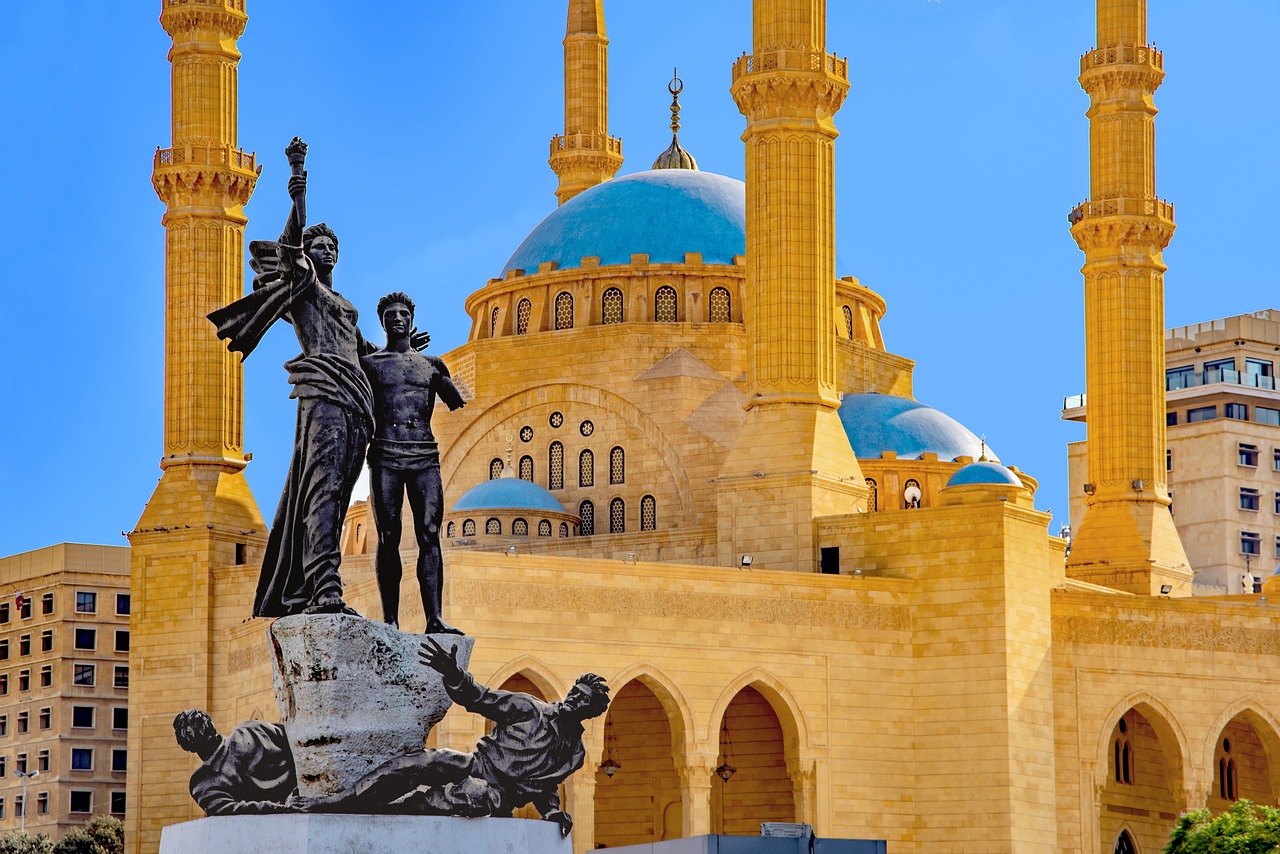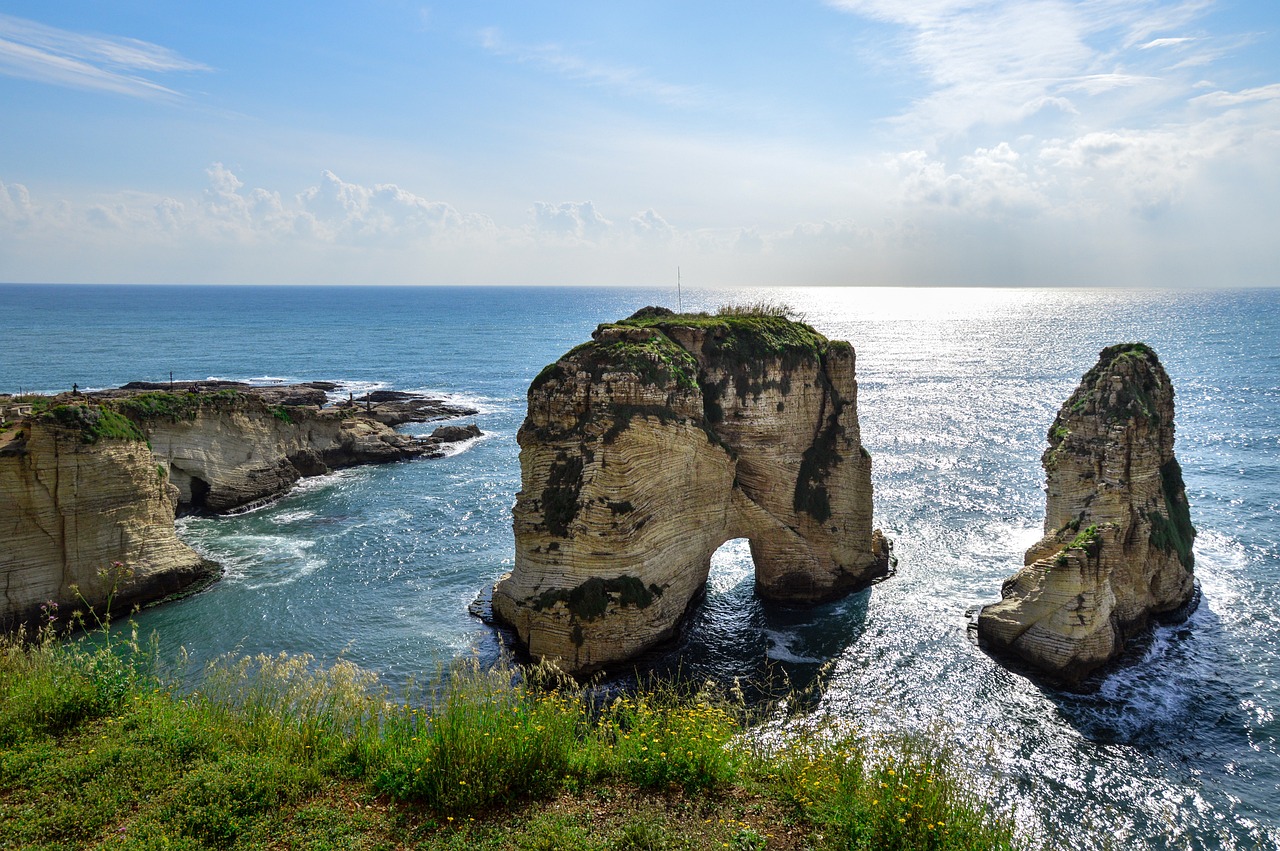Deadly Israeli Airstrike Hits Central Beirut
In a significant escalation of hostilities, an Israeli airstrike in central Beirut has resulted in the deaths of at least 20 individuals, according to Lebanese officials. The strike, which occurred around 04:00 local time on Saturday, targeted what Israeli media reported as a high-ranking Hezbollah official, intensifying the ongoing conflict between Israel and the Iran-backed militia.
Impact of the Attack
The explosion reverberated throughout the city and led to the destruction of an eight-story residential building in the densely populated Basta district. Reports indicate that a bunker buster bomb was deployed in this strike, a weapon previously utilized by Israel for similar operations against Hezbollah leadership.
Emergency responders faced a daunting task as they worked to remove debris and recover bodies from the wreckage. The Lebanese health ministry reported that over 60 people sustained injuries, with expectations that this number could rise as DNA analyses are conducted on recovered body parts.
Residents expressed their horror at the attack. One nearby resident described the chaos, stating that their home had transformed into a battlefield filled with shattered glass and debris. Concern over civilian casualties heightened as questions arose about the necessity of such force against potential targets.
Broader Context and Ongoing Conflict
This airstrike is part of Israel’s intensified military campaign against Hezbollah, which has escalated over recent weeks. The Israel Defense Forces (IDF) also targeted additional locations associated with Hezbollah in southern Beirut and other regions. Reports emerged of further casualties during these operations.
Amid these military actions, diplomatic efforts are underway to establish a ceasefire. US envoy Amos Hochstein has been engaged in discussions with both Lebanese and Israeli officials to promote a potential resolution to more than a year of conflict. Central to these negotiations is United Nations Security Council Resolution 1701, which calls for the withdrawal of Hezbollah’s armed presence from areas near Israel’s border.
Despite some progress in discussions, significant disagreements linger regarding timelines and monitoring mechanisms for any ceasefire agreement. Both Hezbollah and Iran have shown interest in pursuing diplomatic solutions, although tensions remain high as daily confrontations continue.
As Lebanon grapples with the ramifications of ongoing violence—over 3,670 deaths reported since October—the broader implications for regional stability and humanitarian conditions are increasingly concerning. The international community watches closely as both sides navigate this complex landscape toward potential peace or further escalation.


